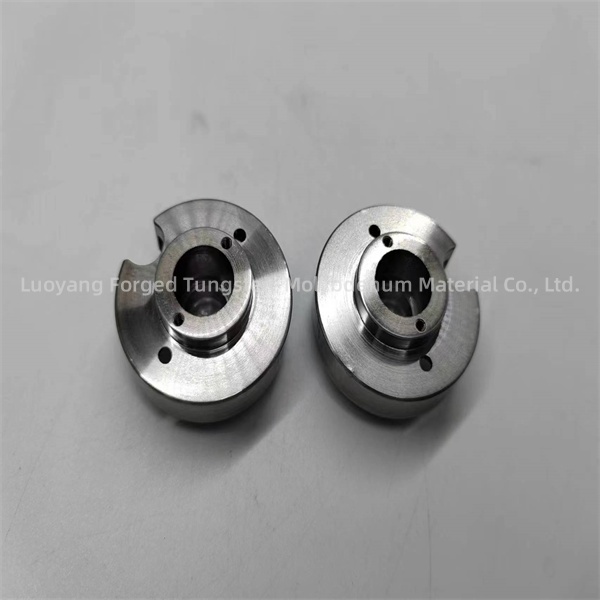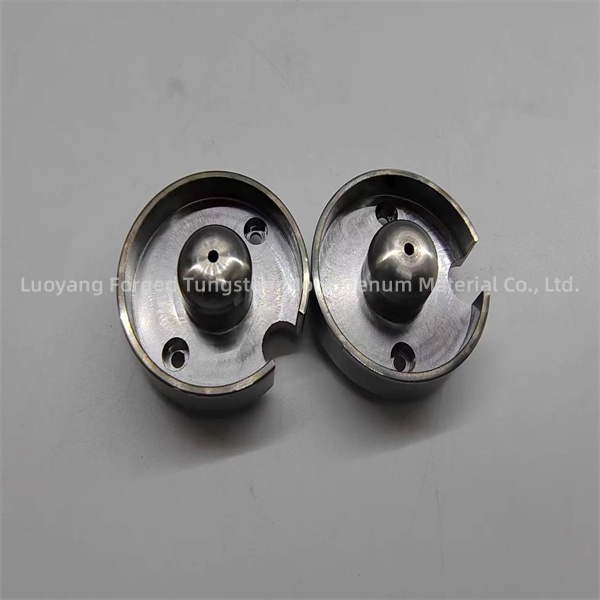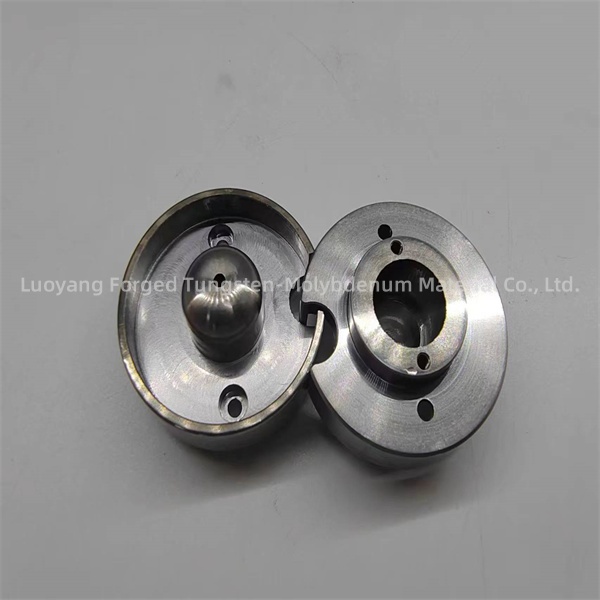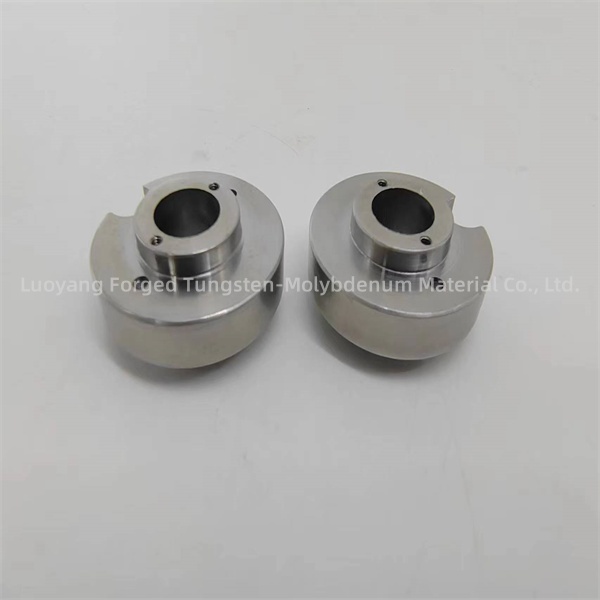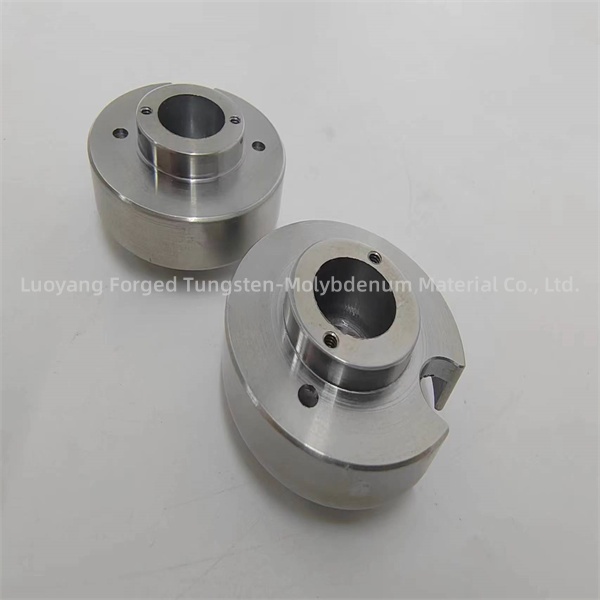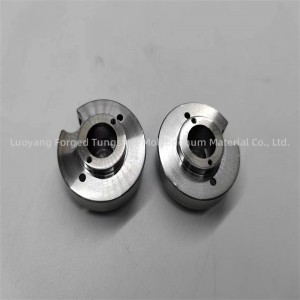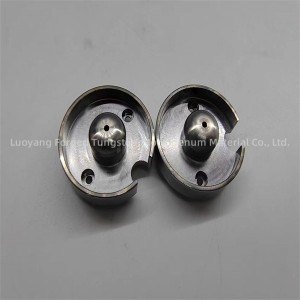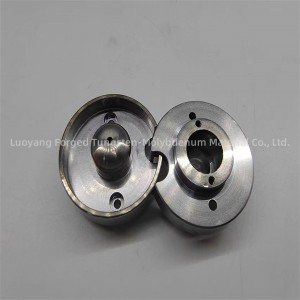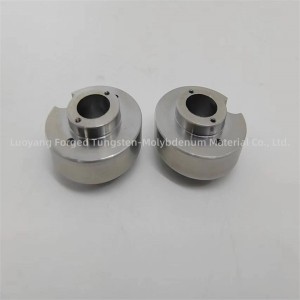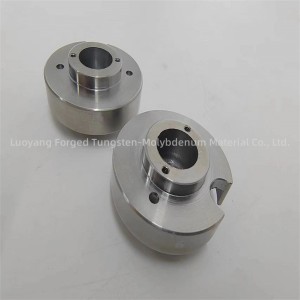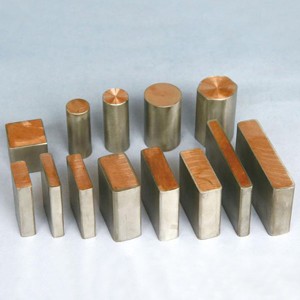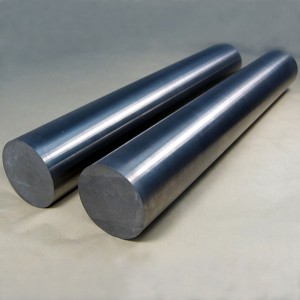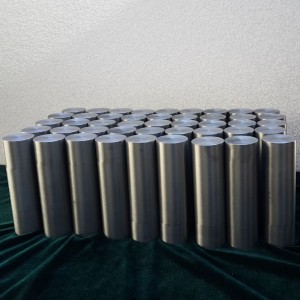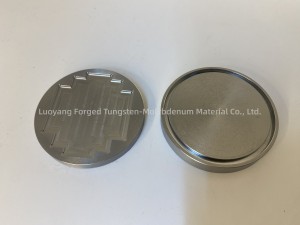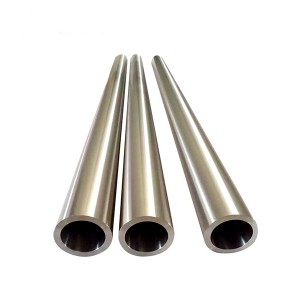molybdenum circle molybdenum round molybdenum machined part
Yes, molybdenum is considered a difficult material to cut due to its high hardness and toughness. Its hardness and resistance to deformation make it difficult to machine using traditional cutting tools and techniques. In addition, molybdenum’s high melting point and tendency to work harden further enhance its reputation as a challenging cutting material.
To effectively machine molybdenum, specialized cutting tools, processing parameters and techniques are often required. For example, using carbide or polycrystalline diamond (PCD) cutting tools, along with appropriate cutting speed, feed and coolant strategies, can help improve the machinability of molybdenum.
Additionally, for certain molybdenum applications, especially when processing complex shapes or high-precision parts, advanced machining processes such as electrical discharge machining (EDM) or laser cutting may be preferred.
Overall, while molybdenum’s hardness and toughness present machining challenges, with the right tools and techniques, it can be machined effectively to produce high-quality parts for a variety of industrial, aerospace, and scientific applications .
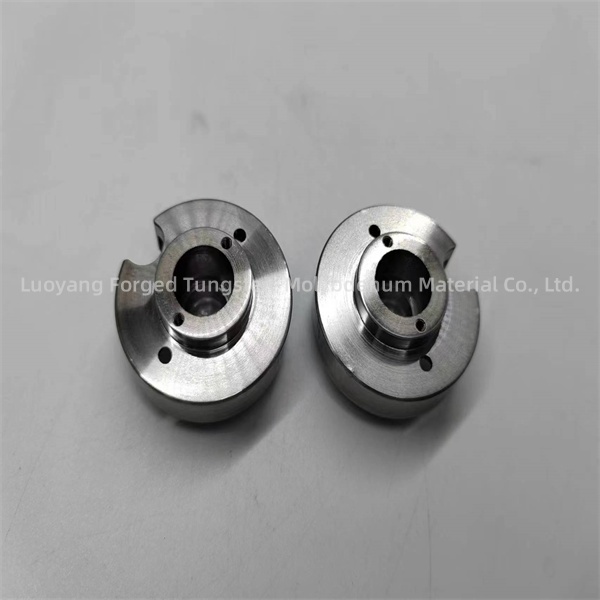
Molybdenum is generally considered a ductile metal. It has a degree of malleability that allows it to be formed, formed and drawn into a variety of shapes and components. This ductility is the result of molybdenum's metallic bonding and crystal structure, which allows it to plastically deform under certain conditions without breaking.
However, it is worth noting that molybdenum’s ductility can be affected by factors such as temperature, impurities and the presence of defects. At lower temperatures and under certain conditions, molybdenum can become more brittle, especially when undergoing rapid or severe deformation.
In fact, molybdenum's ductility makes it suitable for a variety of forming and manufacturing processes, including rolling, forging and drawing. However, like many metals, molybdenum's ductility can be affected by processing conditions and environmental factors.
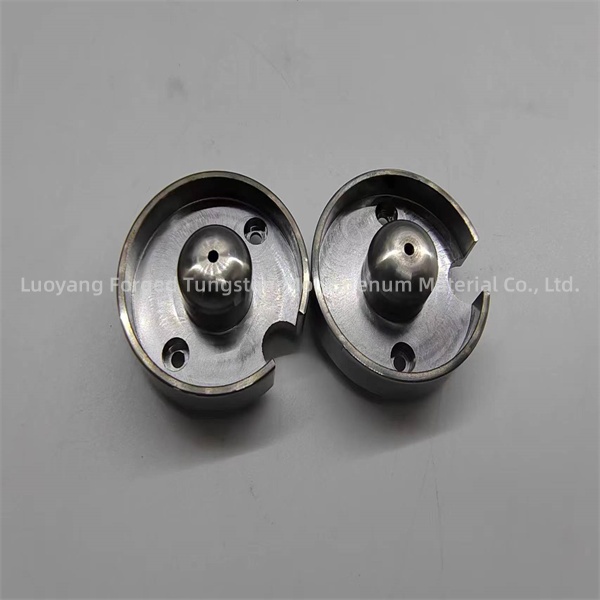
Yes, molybdenum can be bent, but due to its high strength and hardness, specialized equipment and techniques are required. The process of bending molybdenum typically involves applying controlled force to deform the metal into the desired shape without causing it to break or crack.
To effectively bend molybdenum, it is often heated to high temperatures to reduce its strength and increase its ductility, making it more pliable and easier to deform. This process, called hot bending, can form molybdenum into a variety of shapes, such as rods, sheets and custom parts.
Cold bending of molybdenum, which involves shaping the metal at room temperature, is also possible, but requires significant force and specialized tools to achieve the desired bend without causing cracks or other defects.
In industrial and manufacturing settings, molybdenum is commonly used to make components for specialized applications, such as the aerospace, electronics, and semiconductor industries. However, due to its challenging nature, bending molybdenum should be performed by experienced professionals using appropriate equipment and safety measures to ensure the integrity of the metal and the quality of the finished product.
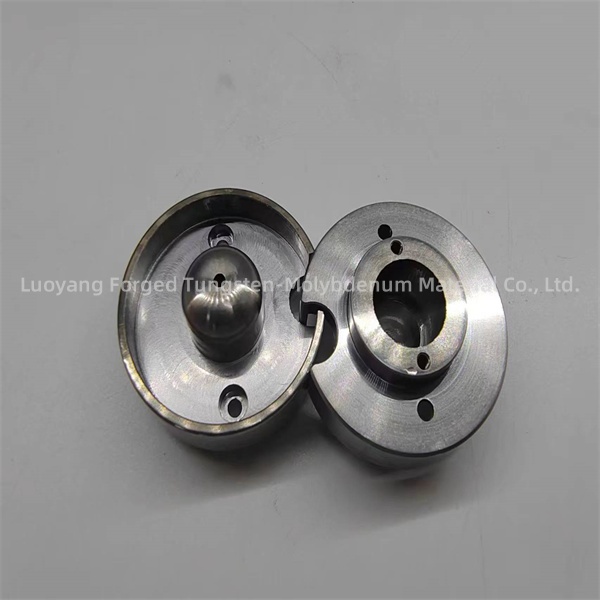
Wechat:15138768150
WhatsApp: +86 15236256690
E-mail : jiajia@forgedmoly.com
